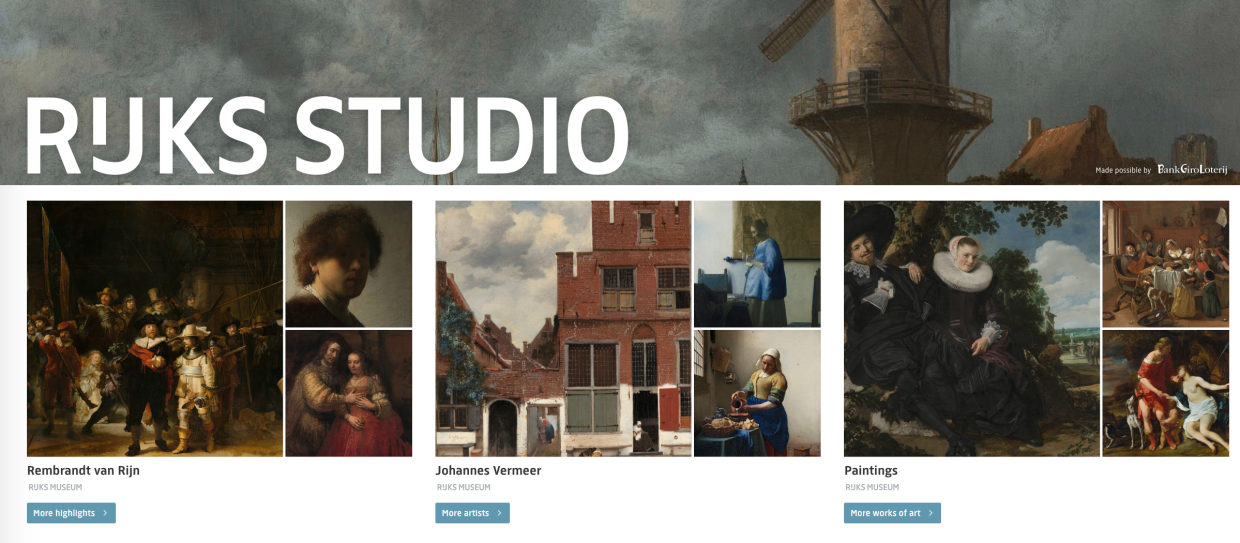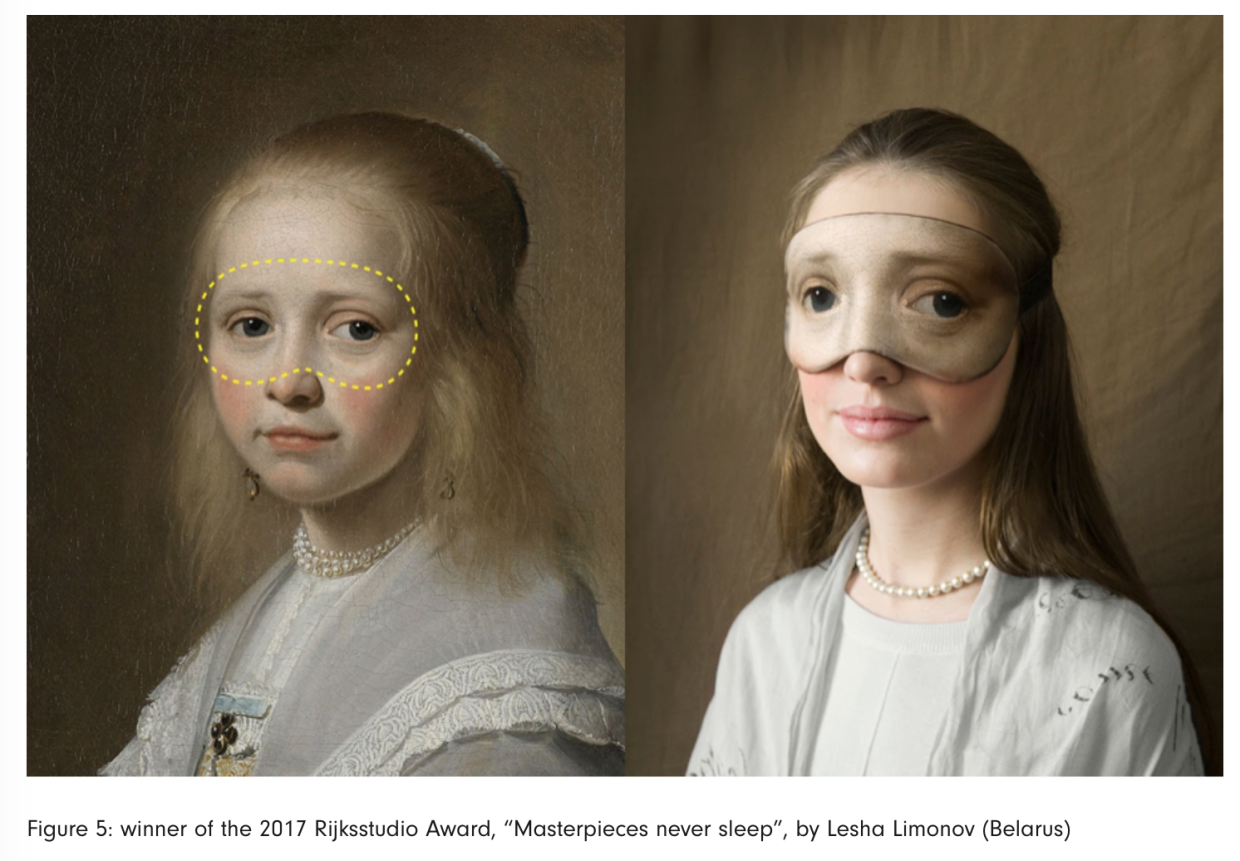‘The first challenge was to open the building. The second was to open the collection. The third was to open the idea of the museum in the minds of the people who work there.’ - Wim Pijbes, EC event, Rome
When the museum reopened in 2013, the first challenge was complete. An impact report undertaken by Booz & Company explored the economic and social impact of renovation, and in particular what it brought at a local, national and international level. This report projected that the renovation of the Rijksmuseum would contribute €90 million per year to the Dutch economy. This projected economic impact was based on a combination of factors such as the anticipated increase in employment levels from 2,063 FTE p.a. before the renovation, to an average of 2,700 during the renovation and 3,759 after it.
‘International research suggests major museums such as the Rijksmuseum are a crucial element in the economic and societal well being of a city.’ - Professor Tony Travers, Director of LSE London, a research centre at the London School of Economics
The positive effects of the renovation were also seen in more indirect outcomes such as increasing the appeal of the city of Amsterdam to tourists and contributing to increased employment from the regeneration of its vicinity, the Museum Quarter.
At a local level, increased standards and improvements to the local environment benefited both the organisation and its visitors, while the efforts to open up led to an improved network of local museums in the establishment of the new Museum Quarter.
The impact of the renovation is also evidenced by the Rijksmuseum’s provision of new professional courses in preservation techniques, enabling skills for conservation and restoration to be revived and further developed.
And at a national level, the renovation enabled innovation among the organisations that contributed to it. Restoration company Koninklijke Woudenberg, for example, invested in technology that can produce a replica of a sculpture based on a 3D scan.
Read the full economic and social impact assessment of renovation of the Rijksmuseum.



